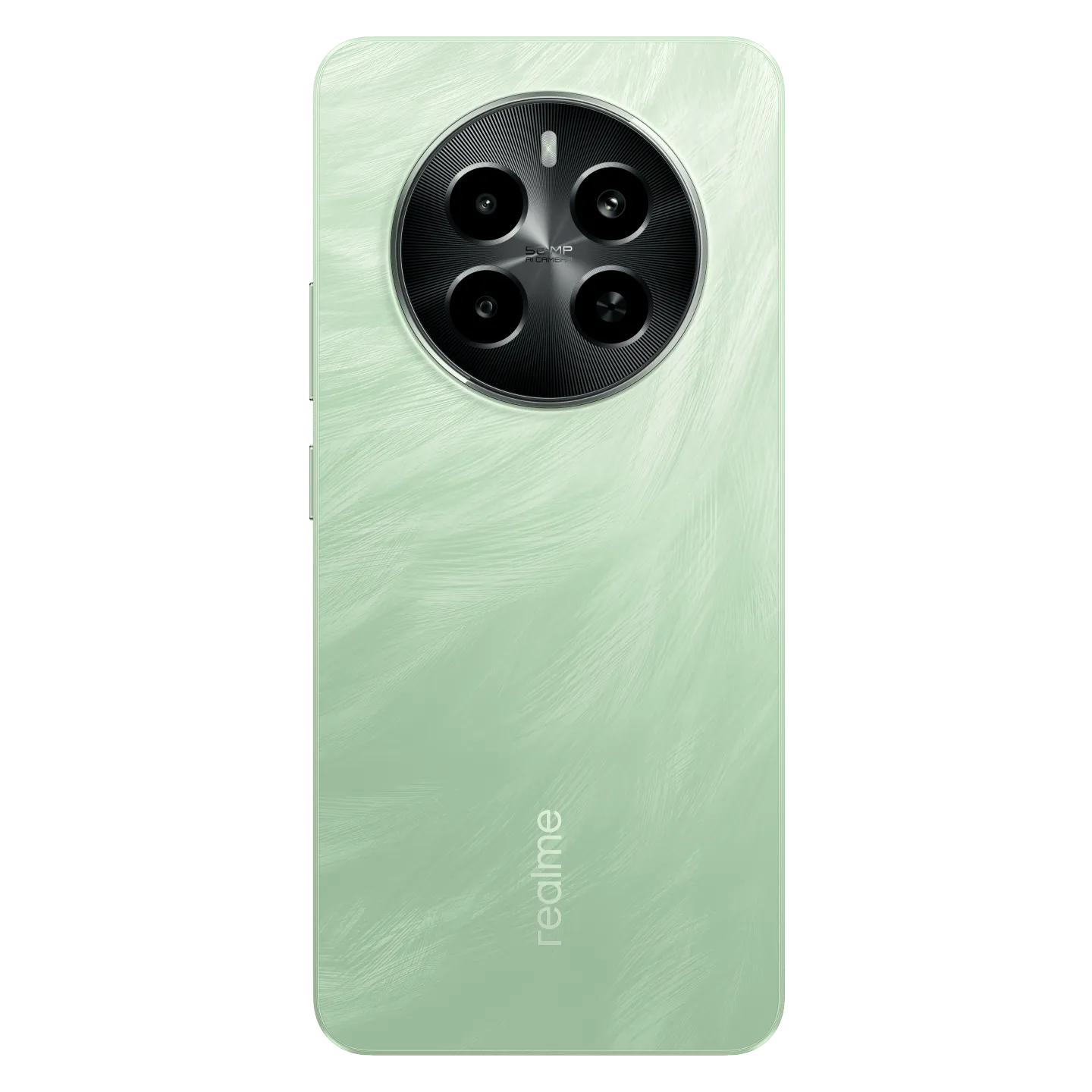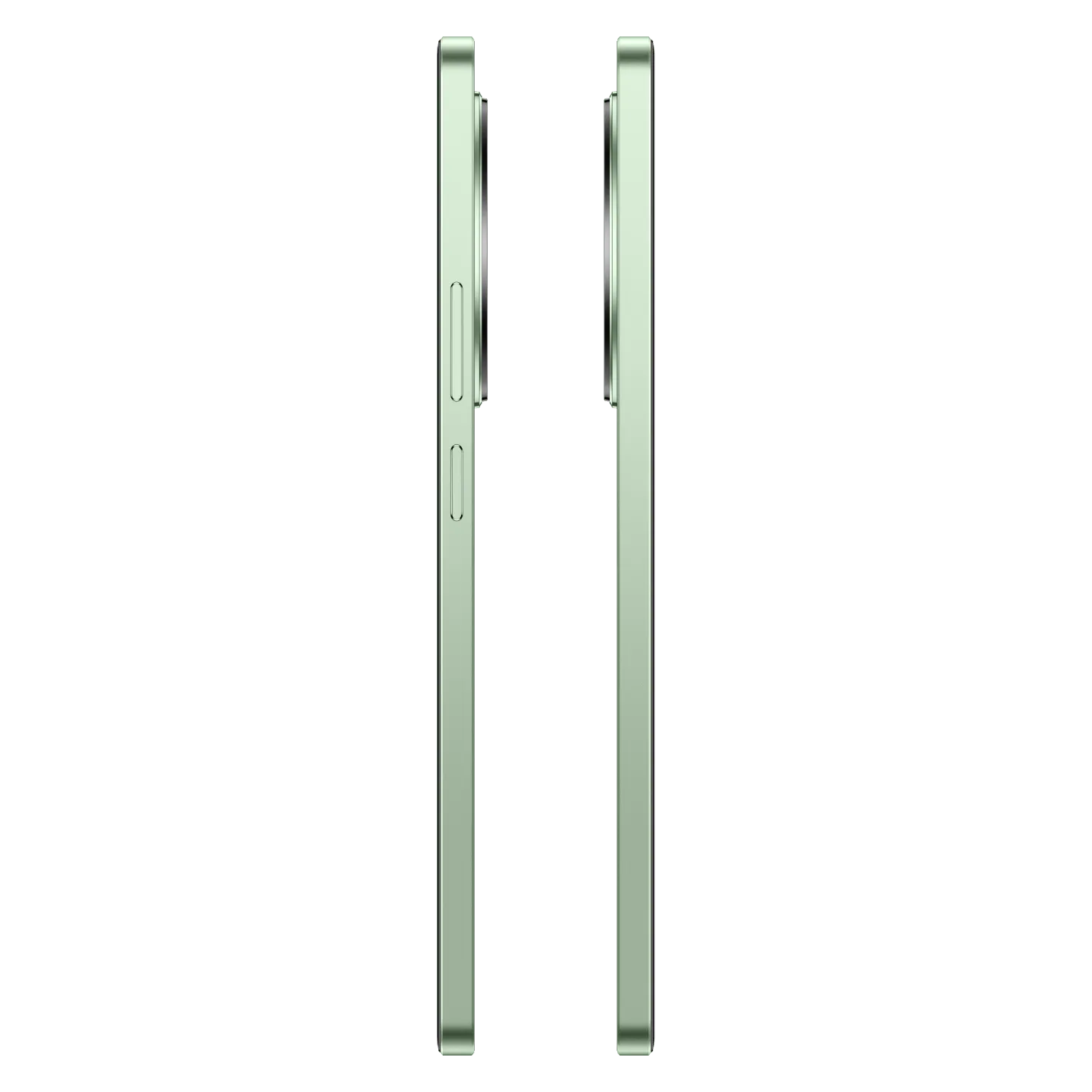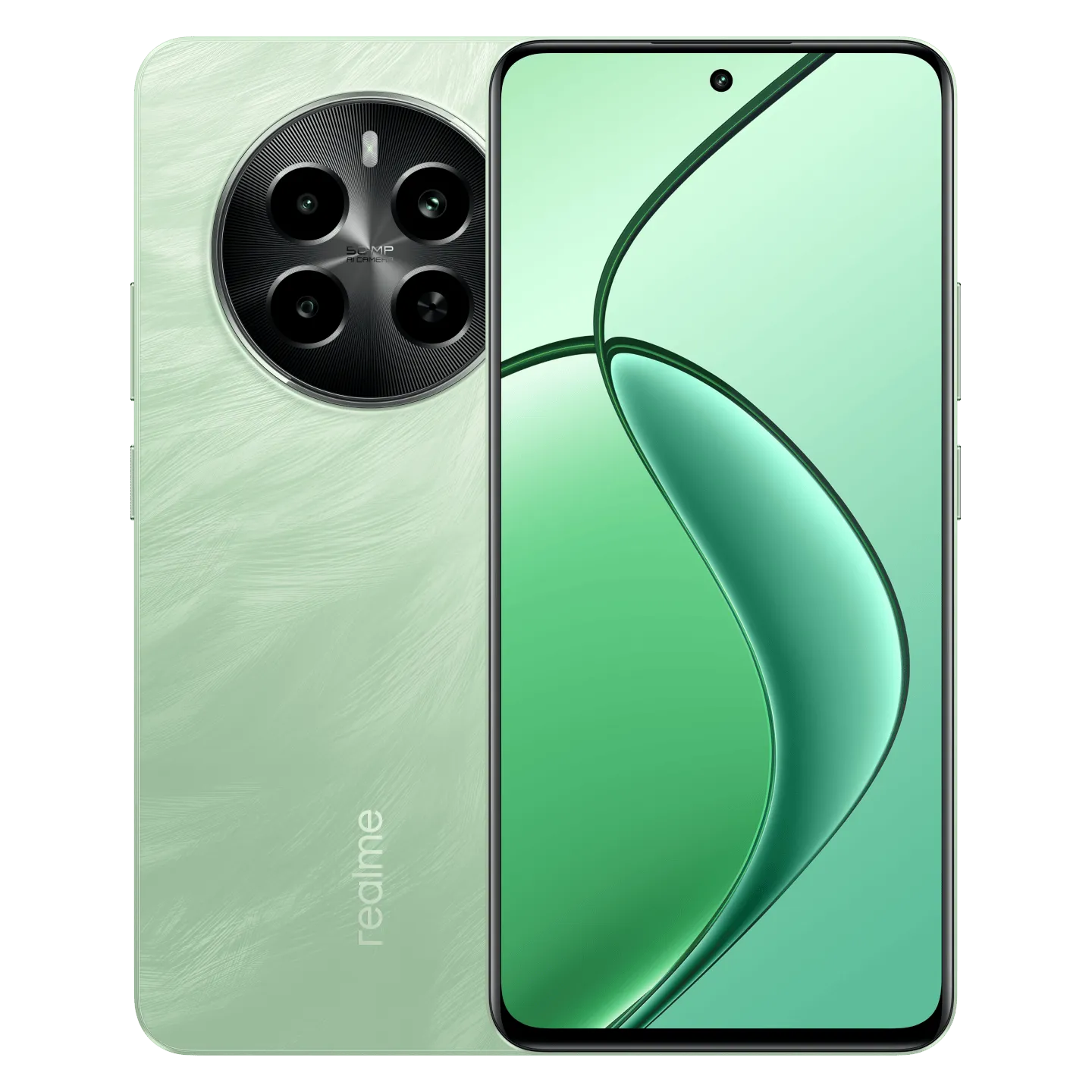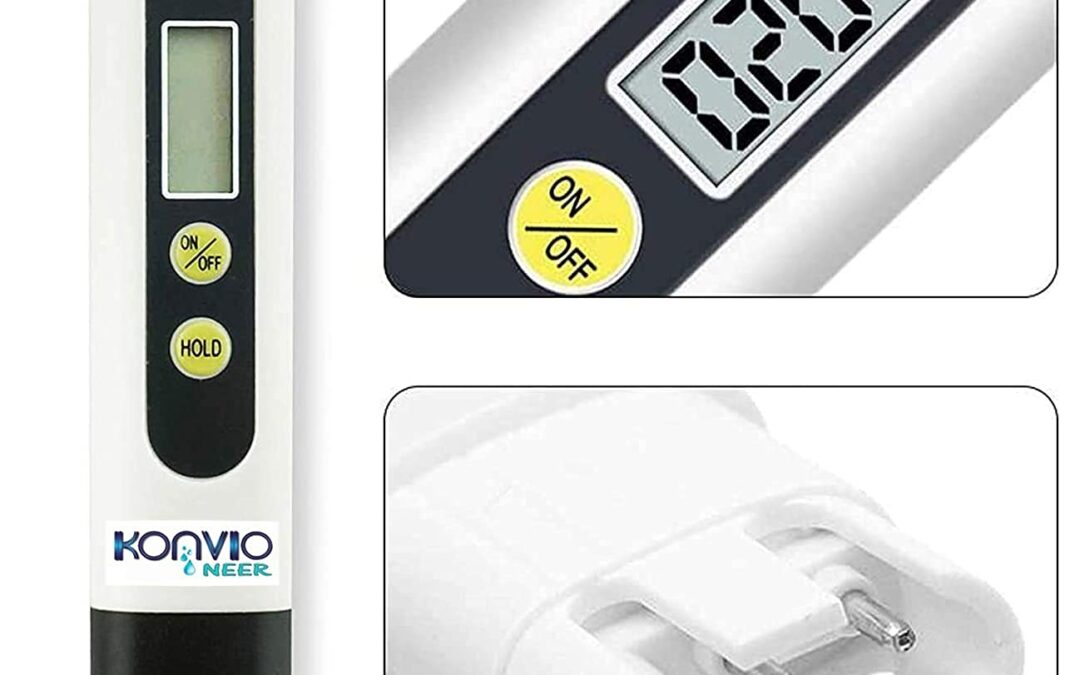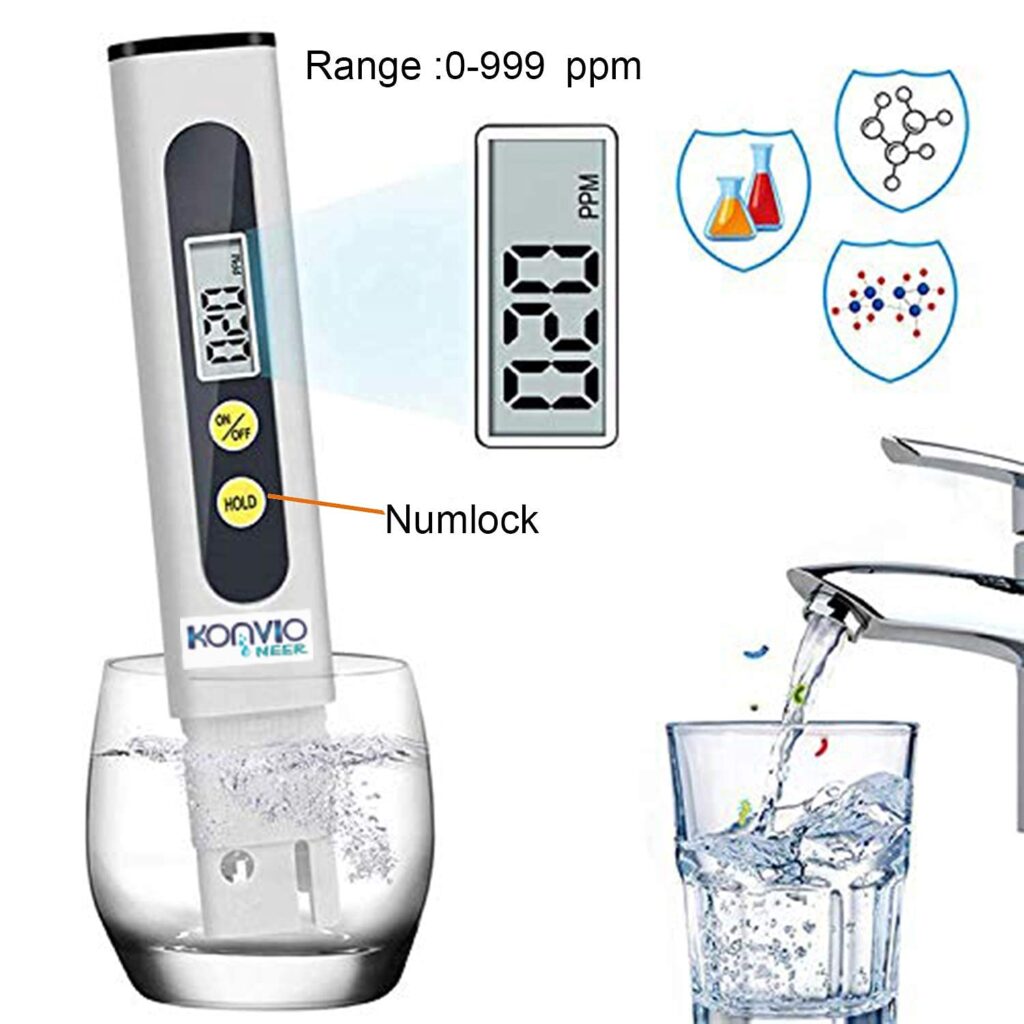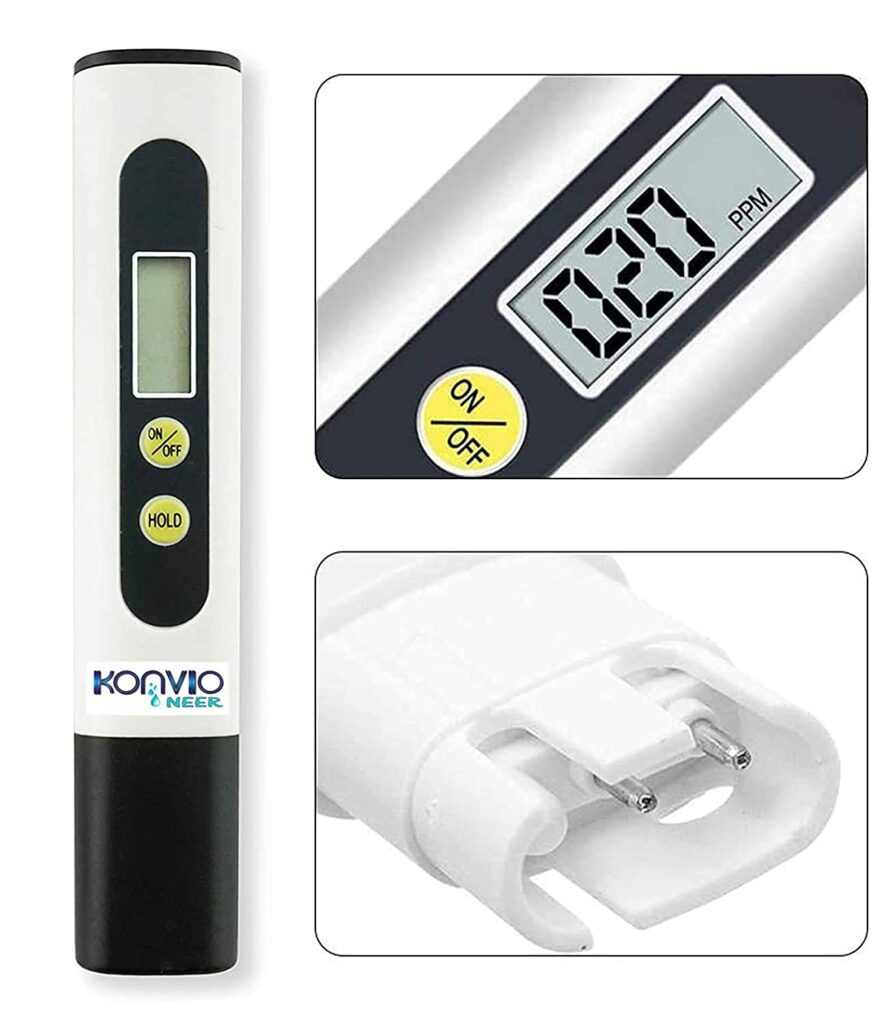
The Realme P1 Pro 5G just launched on April 15, 2024 in India
Other Features
- The phone has an IP65 rating, meaning it’s dust and water resistant.
- It includes a tactile engine for improved haptic feedback.
Price and Availability
- The Realme P1 Pro 5G launched in India on 15th April 2024 and is expected to be priced under Rs 20,000 (around $240 USD).
- An early bird sale is happening on 15th April 2024 from 6 PM to 8 PM IST with offers up to Rs.2000/- off on Flipkart: https://www.flipkart.com/ and realme.com.
The Realme P1 Pro 5G
just launched today, April 15, 2024 in India, so there aren’t any detailed reviews yet available. However, based on announcement information, here’s a breakdown of what to expect:
Performance
- The P1 Pro 5G boasts a Qualcomm Snapdragon 6 Gen 1 chipset, offering reliable performance for everyday tasks and some gaming.
- It comes with a 3D VC cooling system, which should help prevent overheating during intense use.
Display and Design
- The phone features a 6.67-inch FHD+ AMOLED curved display with a 120Hz refresh rate for a smooth and immersive viewing experience.
- It has a “phoenix design” aesthetic, but details on materials are unavailable yet.
- It comes in Peacock Green and Phoenix Red color options.
Camera
- Unlike the regular P1 5G with a triple-camera setup, the Pro version sports a dual camera system. Specifics on megapixel count and lens functionalities are yet to be revealed.
Battery
- The P1 Pro 5G packs a battery that supports 45W fast charging, which should allow for quick power top-ups.
The Realme P1 Pro 5G tech features:
| Feature | Specification |
|---|---|
| Processor | Qualcomm Snapdragon 6 Gen 1 |
| Display | 6.67-inch FHD+ AMOLED curved display, 120Hz refresh rate |
| Design | Phoenix design |
| Colors | Peacock Green, Phoenix Red |
| Rear Camera | Dual camera system (details TBA) |
| Battery | 45W fast charging |
| Other Features | IP65 dust and water resistant, Tactile engine for improved haptics |
Overall Impression
The Realme P1 Pro 5G seems like a mid-range phone with a focus on style, display quality, and fast charging. With the Qualcomm Snapdragon processor, it should provide good performance for most users.
However, to get a complete picture of how this phone performs, we’ll have to wait for professional reviews that test its camera, battery life, and overall user experience.
.
Frequently Asked Questions:
Q: When did the Realme P1 Pro 5G launch?
A: The phone launched on April 15, 2024 in India.
Q: What is the expected price of the Realme P1 Pro 5G?
A: The price is expected to be under Rs 20,000 (around $240 USD).
Where can I buy the Realme P1 Pro 5G?
A: It will likely be available on Flipkart (https://www.flipkart.com/) and realme.com. An early bird sale happened on 15th April 2024 from 6 PM to 8 PM IST.
Q: What processor does the Realme P1 Pro 5G have?
A: It has a Qualcomm Snapdragon 6 Gen 1 chipset.
Q: Is the Realme P1 Pro 5G good for gaming?
A: The Snapdragon 6 Gen 1 should be able to handle most games, but at lower graphic settings for demanding titles.
Q: What type of display does the Realme P1 Pro 5G have?
A: It features a 6.67-inch FHD+ AMOLED curved display with a 120Hz refresh rate.
Q: How many cameras does the Realme P1 Pro 5G have?
A: It has a dual rear camera system, but specific details are not yet available.
Q: How long does the Realme P1 Pro 5G battery last?
A: Battery life will depend on usage, but the 45W fast charging should allow for quick power top-ups.
Q: Is the Realme P1 Pro 5G water-resistant?
A: Yes, it has an IP65 rating for dust and water resistance.
Does the Realme P1 Pro 5G have expandable storage?
A: We don’t have this information yet, but details should be available soon.

